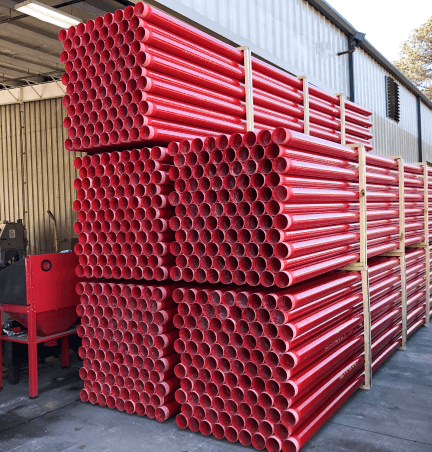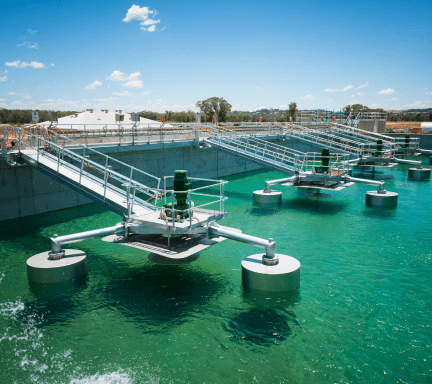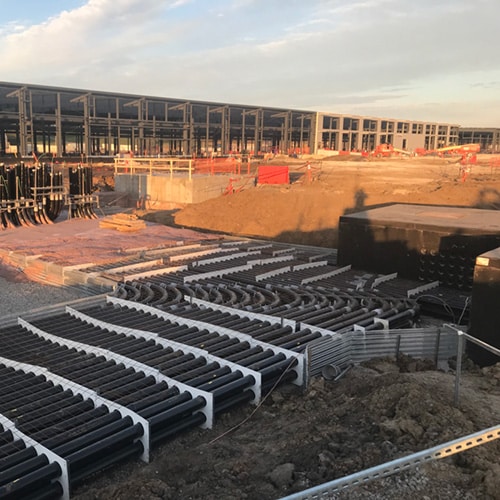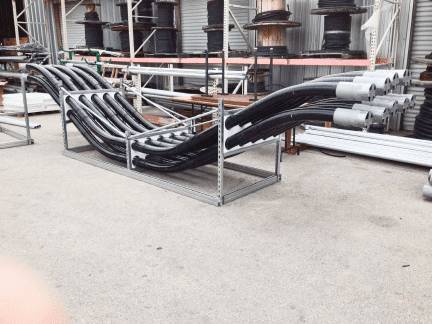Champion Fiberglass electrical conduit (RTRC) offers countless benefits over the alternatives. Fiberglass conduit is durable, corrosion resistant, and can stand up to extreme conditions in applications such as chemical, pipeline, wastewater treatment, utilities, and data centers. It also allows for faster cable pulls and more efficient field installation, resulting in less manpower and greatly reduced labor costs. Let’s take a look at how the savings add up when using Champion Fiberglass conduit.
Builders Report Labor Costs are Up
Although the real estate market has largely recovered from the late-90s crash, builders are still finding it difficult to find adequately qualified laborers and contractors for projects. In the USG Corporation and the U.S. Chamber of Commerce Commercial Construction Index for the first quarter of 2018, 56 percent of contractors reported they were having difficulty finding skilled workers, with electrical workers as the third-greatest shortage category. These labor shortages, in turn, have led to an annual total cost increase 2.9 percent (reported in March, 2018), according to an analysis of new government data by the Associated General Contractors of America.
Fiberglass Conduit Reduces Labor Costs
The good news is that specifying fiberglass conduit results in labor, material, and time savings that can help save money on a building project without sacrificing strength or performance. The most recent NECA Manual of Labor Units for 2017-2018 clearly shows the installation labor savings when electrical engineers specify RTRC.
Based on average installation hours per 100 feet, 6”-diameter epoxy fiberglass conduit labor rates are one-sixth that of 6”-diameter PVC-coated steel conduit and one-fifth that of 6”-diameter galvanized rigid steel (GRC) labor rates. Fiberglass elbows deliver similar savings, with a labor rate that is one-third that of 6”-diameter PVC-coated steel and GRC elbows.
The Benefits of Fiberglass Conduit
These labor savings are due to a number of important advantages offered by fiberglass conduit. Compared with other materials, rigid, rugged fiberglass conduit is much lighter in weight, meaning it’s easier and less expensive to handle and transport. It’s simpler to cut as well, allowing contractors to complete a job more quickly with less manpower. In addition, fiberglass conduit is available in 20-foot lengths, while most competing products are only available in 10-foot lengths. These longer segments lead to reduced cutting and assembly costs.
Contractors and Engineers Win with Fiberglass Conduit
Electrical contractors want to save on project time and budgets, while electrical engineers are concerned with product performance. Strong, corrosion-resistant fiberglass is also more economical than other materials because its lightweight design allows for quicker, cost-effective installations that translate to appreciable labor savings and a better bottom line.












